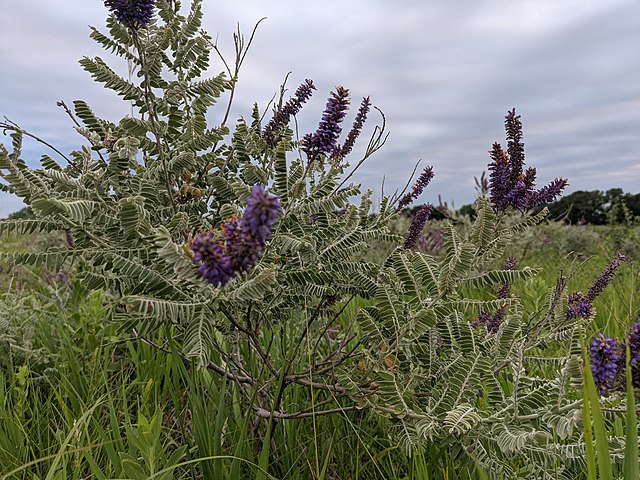Native Plants in the Landscape
- 2022-05-02
- By mkirk
- Posted in Horticulture, The Garden Buzz
By Pam Rosendal, Colorado Master Gardener

There has been a lot of talk recently about the advantages of using native plants in urban landscapes. What is a native plant? Native plants are defined as a plant species “that occur naturally in a particular region, state, ecosystem, and habitat without direct or indirect human actions” (Federal Native Plant Conservation Committee, 1994). Many native plants have developed distinct characteristics based on where they grow and have evolved. When choosing native plants to incorporate into the landscape it is important to consider where the plant is naturally found – i.e., plains, mountains or the western slope – and to choose those that come from conditions similar to those found in the home landscape. For instance, the aspens that blanket our mountains, though native to Colorado, are not adapted to life on the Front Range. As a result, they do not thrive here as they do in their natural mountain environment.

The many benefits to using native plants include their natural adaptation to our climate, soil and environment. This means they require less water, fertilizer and maintenance than non-native plants. These plants also provide habitat and food for wildlife including pollinators like native butterflies, bees and birds. When using native plants in the landscape, homeowners are working with nature rather than fighting against it.
There is no need to remove the non-native plants in your garden to replace them with native plants. Instead, incorporate natives when adding new plants to the landscape. When choosing native plants, match their characteristics to the microclimates in the landscape. For example, choose high plains or desert plants for hot, dry south- or west-facing areas while forest edge plants are best for cooler northern exposures. Planting just a few native plants can help increase environmental biodiversity.

To learn more about gardening with native plants, check out our resources. The Colorado Native Plant Society offers a wealth of information on choosing natives for your garden and where to purchase them. For a hands-on experience, visit native plant demonstration gardens like those at Denver Botanic Gardens, High Plains Environmental Center and the pollinator garden outside the Arapahoe County Extension office.
Horticulture Resources
- Garden Buzz Archives
- CSU Extension Resources
- Colorado Master Gardener Program
- Foothills to Plains Native Plant Master Program
- Native Bee Watch Community Science Program
- The Co-Hort Blog
- PlantTalk Colorado
- Soil Testing
- Plant Select
- Emerald Ash Borer
- Japanese Beetle
- Colorado State Forest Service
- Ask an Expert


